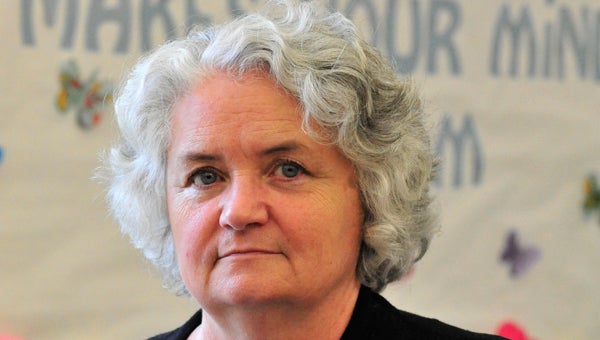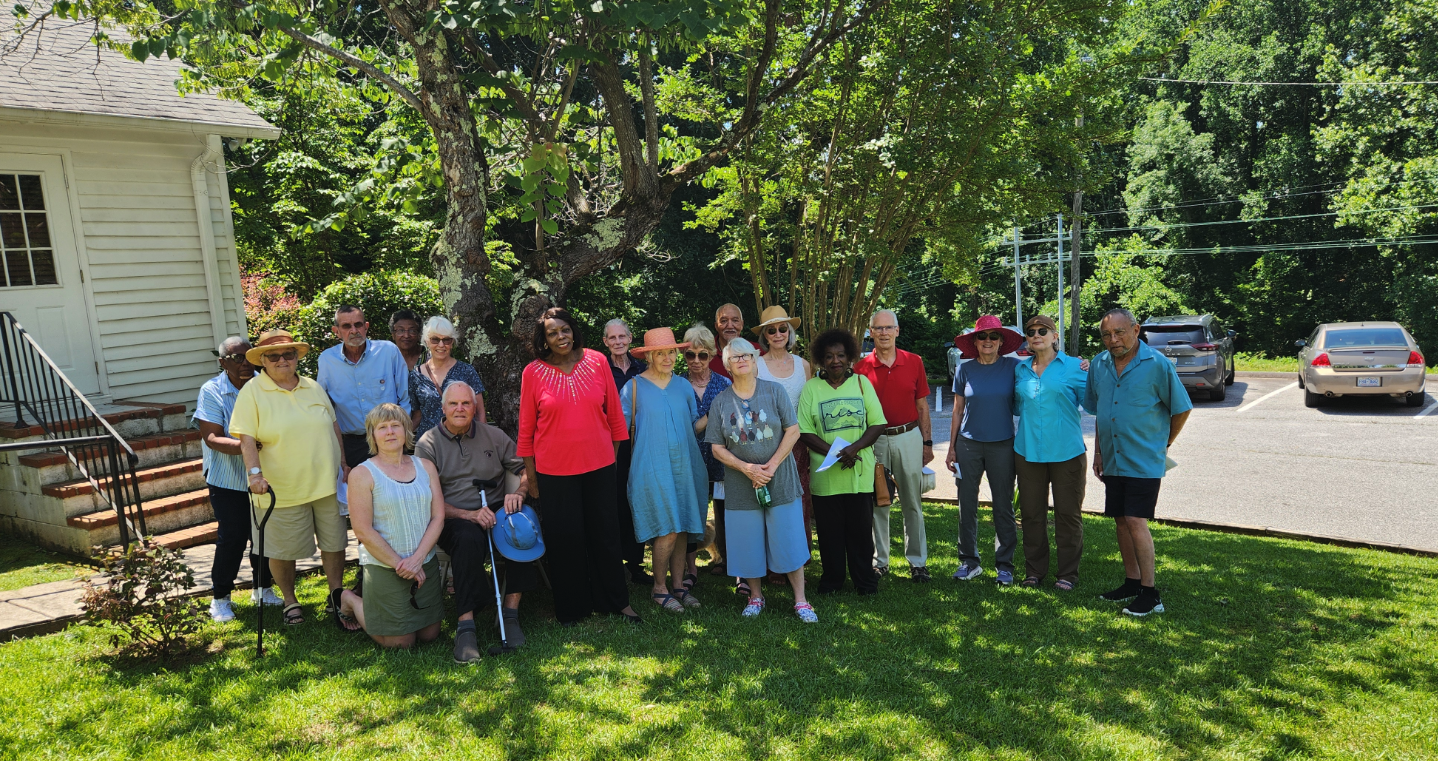Lee Morgan: Making libraries a part of the community fabric
Published 10:00 pm Friday, May 1, 2015

Lee Morgan, director of Landrum Library for 17 years and library system employee for 29 years, will retire in June. While the library’s resources and facilities have evolved over her career, the importance of reading, research, teaching and learning have remained constant for Morgan.
By Mark Schmerling
From a collection of books stored in an old building called the “Ice House,” through various storefronts, to a dedicated building, and now to its larger successor of some 15 years, the Landrum Library has evolved through technology and community service, to offer much more than reading and research.
After nearly 29 years of employment in the Spartanburg County Library system, the last 17 years of which have been as director of the Landrum Library, Lee Morgan has seen, and been at the helm of, much of that evolution.
Morgan, who will retire as of June 5, received her library degree from the University of South Carolina. She entered the Spartanburg County Library System as a children’s assistant with the Landrum Library, and served in that capacity for 12 years. Next, she spent one year as director of the Inman Library, returning to Landrum as director in the former building, and for the past 15 years, in the current one at 111 Asbury Dr.
When she began her career, a library degree was not required. At that time, Landrum’s library had but four staff members, all part-time. Now the facility employs nine staff members. Three of them are full-time.
The Landrum Library is one of nine branch libraries in Spartanburg County with headquarters library in Spartanburg.
“The library belongs to the community,” Morgan notes. “I’m a really big believer in that.”
She recalled that when she took over 15 years ago, Landrum’s library had just received computers, for checking in and checking out of books, but still used a card catalog. Within one year, the catalog went online, first for staff only.
Several patron computers followed, but for limited use only, such as looking up material. Now patrons can pay their bills, hold books, download e-books and “do everything on line,” including streaming music and videos, Morgan noted.
It’s a good time for libraries, Morgan says. The popularity of e-books has kept circulation about even.
“Our circulation of (traditional) books does not go down a whole lot,” Morgan said. E-books have had a huge impact,” she observes. She notes that many users of e-books are older individuals, who cannot find large-print versions of traditional books.
“The other thing that’s changed greatly,” Morgan says, “is programming.” When she began, she performed one story hour per week for three- to seven-year-olds. Now, the program includes weekly sessions for pre-schoolers, the same for teens, and a monthly reading program for “tweeners,” youth age eight through 12. School programs offer a hands-on approach, including science experiments.
Family nights, based on themes such as gardening, are also hands-on, with accompanying books available. Music programs are also scheduled for the public.
Another big change has been in the area of reference. Before the advent and advance of the Internet, libraries contained rows of reference books. About 90 percent of reference books are now gone from the Landrum Library, as printed material simply cannot keep pace with material found online.
Non-fiction research is “considerably more electronic-based,” Morgan notes. “The library subscribes to multiple data bases.”
While many high school students still read and withdraw traditional books, they often don’t need the library’s computers for research, as they have access to data through computers at school or at home. Children make good use of the library for reading.
“People have the false impression that kids don’t read as much. They do, but, they read differently,” Morgan observes.
In addition to academic and literary programs, community members can attend yoga classes at the library. They can also participate in an increasing number of workshops, including those on exercising, legal clinics, photography and music.
“The music aspect is huge,” says Morgan. Several years ago, the Smithsonian Foundation and South Carolina Humanities provided a grant for New Horizons, an American roots music program in the community and in schools.
Based on that, a local donor built a small stage outside the library, for live performances of roots music. Now, an annual Fall Fest features Music on the Lawn, on the four Thursdays in September.
It’s part of the library becoming part of the community, and the community becoming part of the library.
“That’s our goal,” Morgan states. “Our real goal in Spartanburg County is to meet the needs of the specific community that each library is in.”
Part of that goal includes efforts by the Spartanburg County Library System to collect and preserve local history. That means “anything that relates to the history of communities,” adds Morgan.
What advice does Morgan offer her successor?
“Be adaptable,” she began. “Try to work closely with your community. Be open to any suggestions that are given to you about it. Be open to changes . . . but have fun. Your patrons are your most important asset. Develop a relationship with your patrons.”
Morgan, who loves to read, notes of her career, “It’s been a good thing. It’s a great place to work, libraries are. You never get bored.”
Among other things, she plans to volunteer, by reading to children in schools, to maintain that community connection for which she is known.
The library will be hosting a drop-in retirement party for Morgan on Sunday May 3 at 3 p.m. Call the library for details.
# # #





